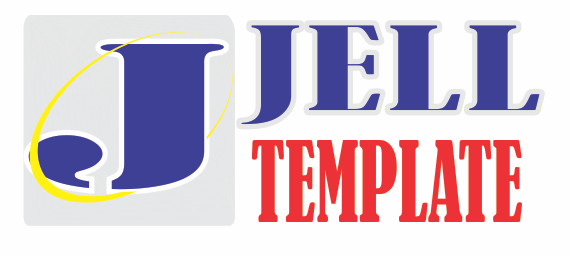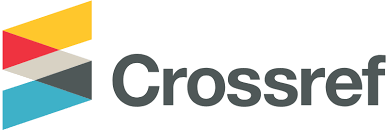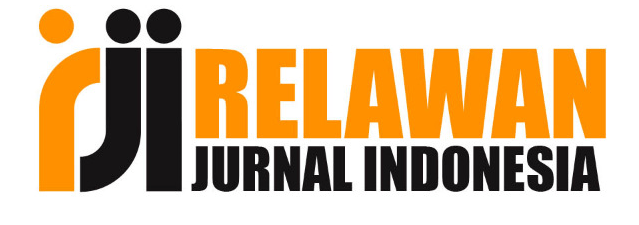AN ANALYSIS OF TABOO WORDS AND EUPHEMISMS FOUND IN THE CHARACTERS’ UTTERANCES IN THE MOVIE ENTITLED “THE PURGE: ELECTION YEAR”
Abstract
The aims of this research are to find and to discuss the types, functions of Taboo words and the types of Euphemisms. The qualitative method is used in this research since the description regarding the utterances found in the movie is necessary. The quantitative approach is used in this research as well in representing the data findings by using percentages. The research data are taken from the movie scripts and are formed from the characters’ utterances either words or phrases. As the results, the researcher found five types of language of Taboo in the movie that consist of (1) Obscenity, (2) Epithets, (3) Profanity, (4) Insults and Slurs (5) and Vulgarity. Obscenity is the highest number of occurrence while Vulgarity holds the smallest number. There are four functions of Taboo language which are namely; (1) To draw Attention to one self, (2) To be Aggressive or Provocative, (3) To show Contempt, and (4) To mock Authority. To draw attention to one self is the most appeared functions of Taboo while to mock authority is the smallest number. There are four types of Euphemisms found in the movie which are (1) Euphemisms for Death and Killing, (2) Euphemism for Political Correctness, (3) Euphemisms for Sexual Activities, and (4) Euphemism for Addressing. The most appeared type of Euphemism is Euphemisms for Death and Killing while the least appeared one is Euphemism for Addressing.
References
Anglick, S., Jazyka, H. O., & Diplomov, D. (2019). Complex Words of the Type “Absobloominlutely.” Unpublished master's thesis. Department of Language and Literature: Univerzita Karlova.
Battistella, E. L. (2005). Bad language: Are some words better than others? ew York: Oxford University Press, Inc.
Bengtsson, M. (2016). How to plan and perform a qualitative study using content analysis. NursingPlus Open, 2, 8–14.
Bowen, G. A. (2009). Document analysis as a qualitative research method. Qualitative Research Journal, 9(2), 27–40.
Brock, R. (Eds.). (2000). Death and disease in the ancient city. Death and disease in the ancient city. London and New York: Routledge.
Burridge, K. (2012). Euphemism and Language Change: The Sixth and Seventh Ages. Lexis, 7, 65–92.
Butter the bagel. Definithing. (2020). Retrieved July 26, 2020, from https://definithing.com/butter-the-bagel/
Candra, K. D. P., & Megandari, N. P. C. (2018). The use of swear words and its relationship with taboo words in fist fight movie. Unpublished Thesis. Department of English Language and Literature: STIBA Saraswati Denpasar.
Cruse, A. (2006). A glossary of of semantics and pragmatics. Edinburgh: Edinburgh University Press.
Dalzell, T., & Victor, T. (2006). The new partridge dictionary of slang and unconventional english. New York: Routledge.
Fadaee, E. (2011). Symbols, metaphors and similes in literature: A case study of “Animal Farm.” Journal of English and Literature, 2(2), 19–27.
Farisi, M. S. Al, Adi, & Astuti, E. S. (2017). A Sociolinguistic Analysis of Taboo Words in Alpha Dog Movie. Journal of English Language and Pedagogy, 2, 1–18.
Fitzgerald, M. (2007). Offensive language spoken on popular morning radio programs. Unpublished Dissertation. Department of Communication: Florida State University Libraries.
Foolen, A. (2012). The relevance of emotion for language and linguistics. USA: John Benjamins Publishing Company.
Fradenburg, L. O., & Freccero, C. (1995). The Pleasures of History. GLQ: A Journal of Lesbian and Gay Studies, 1(4), 371–384.
Fromkin, V., Rodman, R., & Hyams, N. (2003). An introduction to language writing (9th ed). Canada: CENGANGE Learning.
Gao, C. (2013). A sociolinguistic study of english taboo language. Theory and Practice in Language Studies, 3(12), 2311.
Group, P. E. (n.d.). Contempt. Retrieved January 15, 2020, from https://google.com/amp/s/www.paulekman.com/universal-emotions/what-is-contempt/amp/
Hafiza, M., & Rosa, R. N. (2020). An analysis of word formation of english slang used in straight outta compton movie. E-Journal of English Language & Literature ISSN, 9(1).
Hoeksema, J. (Ed.). (2019). The oxford handbook of taboo words and language. New York: Oxford University Press, Inc.
Holder, R. W. (2008). Dictionary of euphemisms. New York: OUP Oxford.
Holgate, E., Cachola, I., Preotiuc-Pietro, D., & Li, J. J. (2020). Why swear? Analyzing and inferring the intentions of vulgar expressions. Proceedings of the 2018 Conference on Empirical Methods in Natural Language Processing, EMNLP 2018, 4405–4414.
Jay, T. (1992). Cursing in america. Amsterdam: John Benjamins Publishing Company.
Jay, T. (2009). The utility and ubiquity of taboo words. Perspectives on Psychological Science, 4(2), 153–161.
Copyright (c) 2021 Mangantar Sitohang, sifa Cahayati, Mohamad Mansur

This work is licensed under a Creative Commons Attribution-NonCommercial-ShareAlike 4.0 International License.
Retained Rights/Terms and Conditions of Publication
1. As an author you (or your employer r institution) may do the following:
*make copies (print or electronic) of the article for your own personal
*Every accepted manuscript should be accompanied by "Copyright Transfer Agreemen" prior to the article publication.









